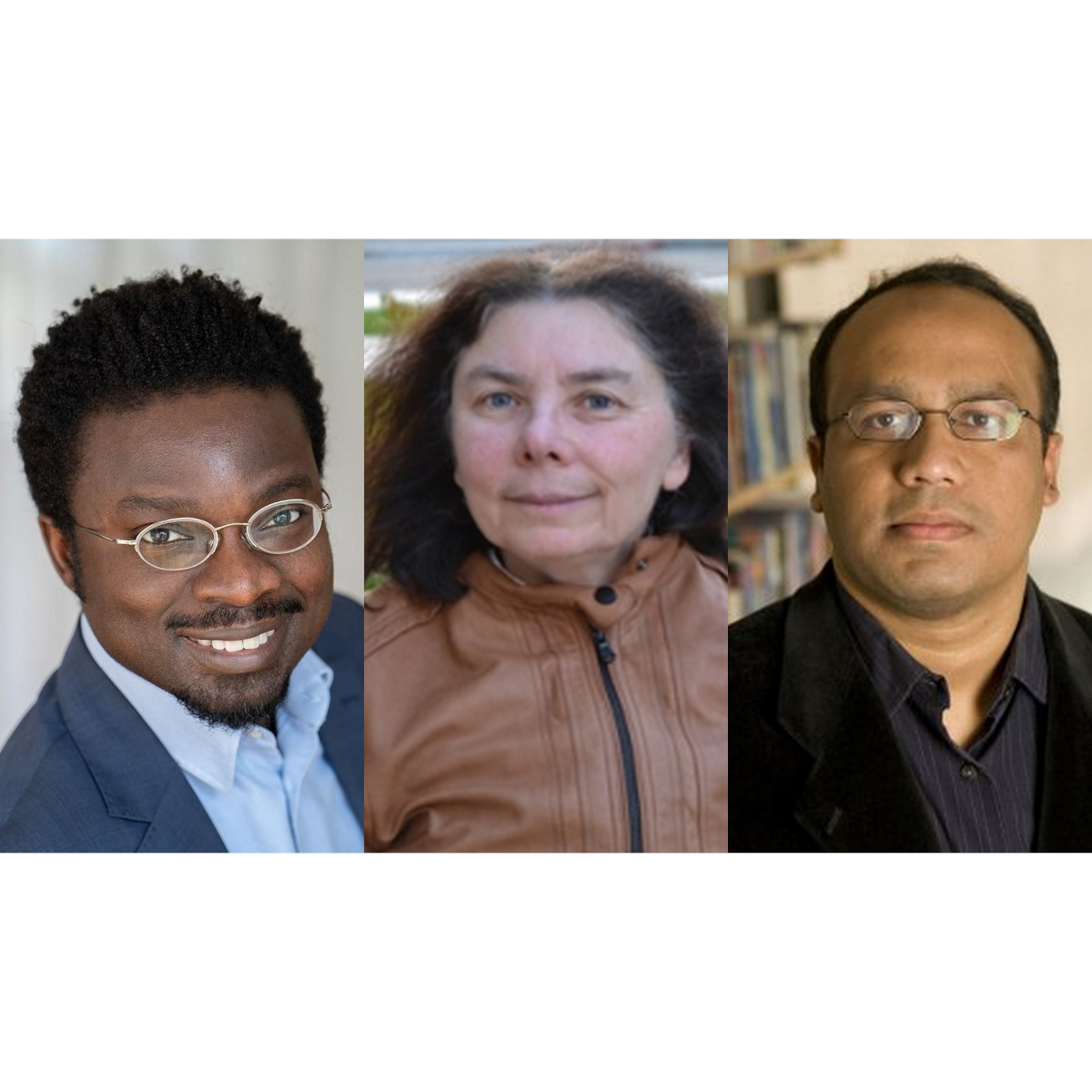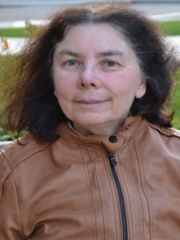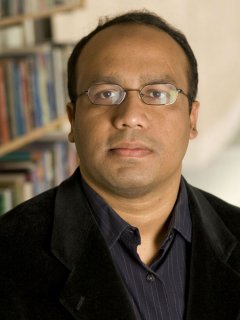Two Berkeley Lab scientists and a visiting scientist are among the newest elected members of the American Academy of Arts and Sciences – a 240-year-old honorary society that recognizes accomplished scholars, scientists and artists in academia, the humanities, arts, business, and government.
In all, the Academy last week announced 276 new members from 29 U.S. states and 22 nations, who were nominated and voted in by its existing members.
Among the new members:
Richmond Sarpong is a biochemist faculty scientist in the Molecular Biophysics & Integrated Bioimaging Division at Berkeley Lab and a professor of chemistry at UC Berkeley. Sarpong and the members of his lab study complex bioactive molecules derived from marine and terrestrial organisms that have potential medical applications. They specialize in developing methods to efficiently produce these compounds so that they can be more readily investigated as new medicines. Sarpong completed his graduate work at Princeton in 2001 and conducted postdoctoral studies at Caltech before joining UC Berkeley in 2004.
Marjorie Shapiro is an experimental particle physicist and faculty senior scientist at Berkeley Lab, and UC Berkeley physics professor. Shapiro is a member of the ATLAS experiment at CERN’s Large Hadron Collider in Europe. Her research includes explorations of fundamental particle interactions; extensions to the Standard Model of particle physics; measurements related to the Higgs boson, which was discovered in part by the ATLAS team; probes of how particles called leptons and quarks get their mass; and phenomena related to very-high-energy particle collisions. Shapiro received her Ph.D. from UC Berkeley in 1984 and joined its Physics Department in 1990. She joined Berkeley Lab in 1992.
M. Zahid Hasan is a visiting faculty scientist in the Berkeley Lab Materials Sciences Division and is the Eugene Higgins professor of physics at Princeton University. Hasan and his lab explore the physics of quantum matter and develops techniques to observe it, conducts R&D to design and grow materials and to engineer and control their properties, and develops theories to explain and further predict their behavior as well as new tools to measure their properties. He is a pioneer in the field of topological materials, which includes topological insulators that can conduct electricity at their surfaces and that are resilient to some defects. He has conducted landmark experiments at Berkeley Lab’s Advanced Light Source.
–Aliyah Kovner contributed to this article.
# # #
Founded in 1931 on the belief that the biggest scientific challenges are best addressed by teams, Lawrence Berkeley National Laboratory and its scientists have been recognized with 13 Nobel Prizes. Today, Berkeley Lab researchers develop sustainable energy and environmental solutions, create useful new materials, advance the frontiers of computing, and probe the mysteries of life, matter, and the universe. Scientists from around the world rely on the Lab’s facilities for their own discovery science. Berkeley Lab is a multiprogram national laboratory, managed by the University of California for the U.S. Department of Energy’s Office of Science.
DOE’s Office of Science is the single largest supporter of basic research in the physical sciences in the United States, and is working to address some of the most pressing challenges of our time. For more information, please visit energy.gov/science.



